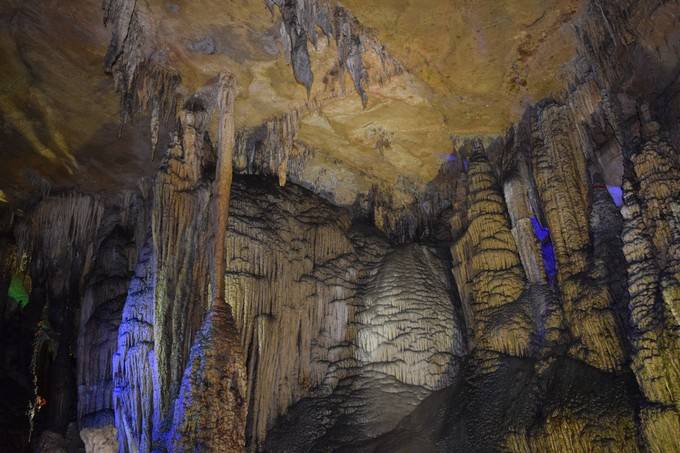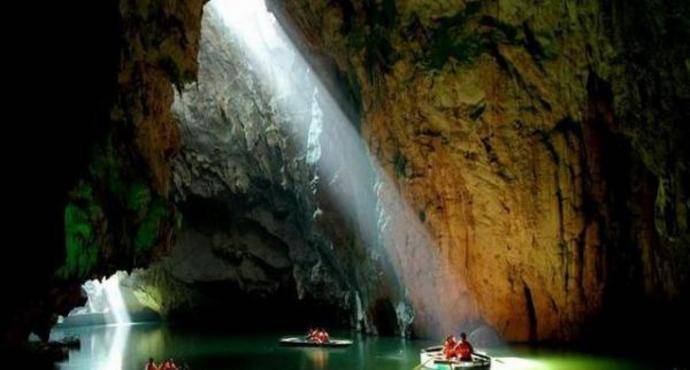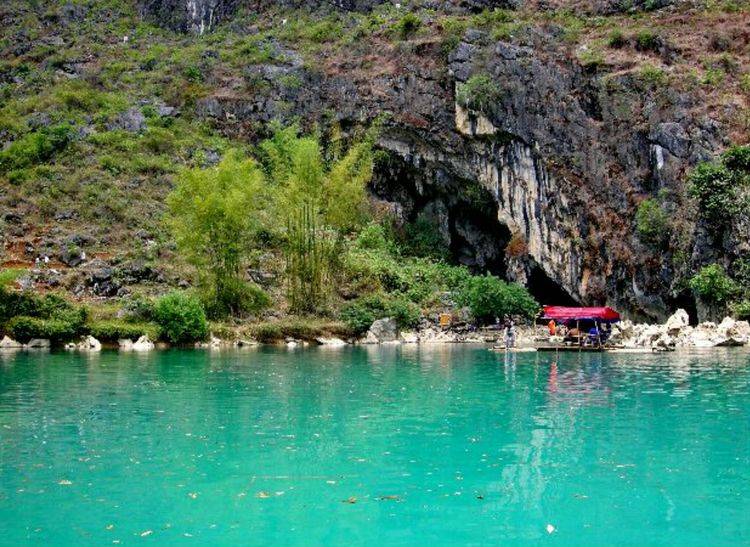Zhijin Cave Scenic Area
The stalactite landscape of Zhijin Cave in Bijie is arguably one of the most beautiful scenic spots in China. Firstly, it does not have the colorful lights that people usually associate with typical karst cave scenic areas. Instead, it showcases the natural beauty of the karst landforms to visitors. The entire cave is very large, and it takes more than 3 hours to tour the whole area. The scenic area also provides guided tours. It is well worth a visit.
Suiyang Shuanghedong National Geopark
Shuanghedong Cave is located in Zunyi, Guizhou, and is currently the longest karst cave in Asia and the fifth longest in the world. The entire cave tour experience and scenic layout are designed in the style of European tourist caves. The park also offers many cave exploration activities, providing a strong sense of adventure.
Jiudongtian Scenic Area
Jiudongtian is located in Dafang County, Bijie City, and is named after its nine caves. Due to years of disrepair and river erosion inside the caves, it has formed a spectacular karst landscape. The karst wonders include canyons, caves, natural bridges, and sinkholes, often captivating visitors and making them reluctant to leave. Due to its rich cave landscapes, it is also known as the 'Encyclopedia of Chinese Karst' and the 'Karst Geological Museum'.
Daxiao Well Scenic Area
Located in Luodian County, Guizhou Province. It is only a one-hour drive from Guiyang, making it very convenient to get there. Compared to the previously mentioned most primitive Jiudongtian, Asia's first Shuanghe Cave, and the well-developed Bijie Zhijin Cave, the scale of the wells is the true 'outdoor paradise.' Not only does it have cave clusters and pits known as the 'Oriental Cave Museum,' but it also features surging lakes, ancient banyan trees that cover the sky, lush primeval forests, and traditional Bouyei people living in the scenic area.











